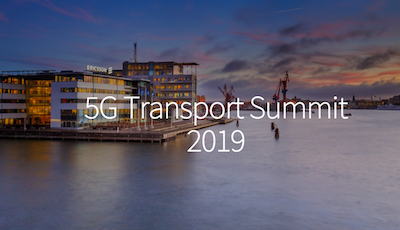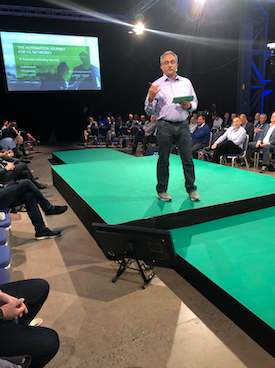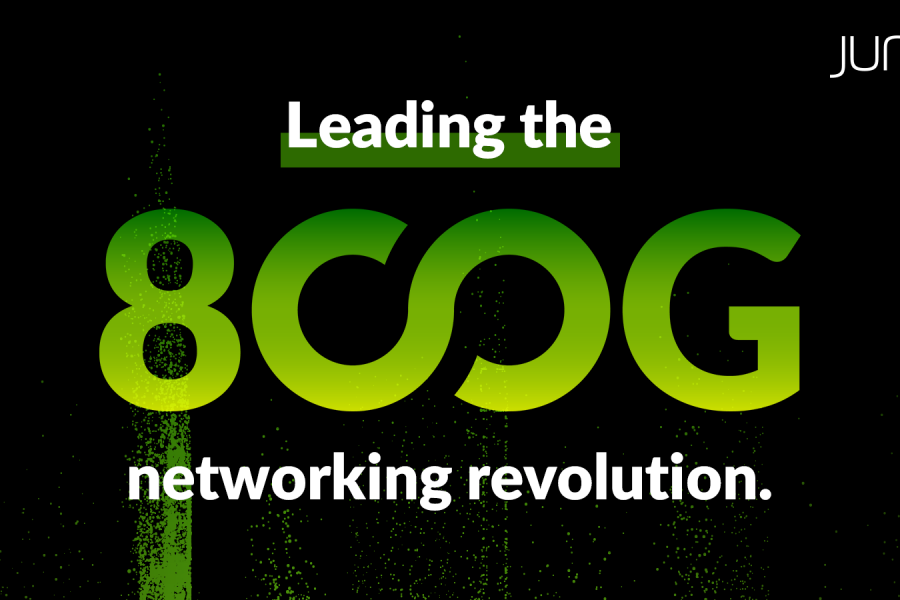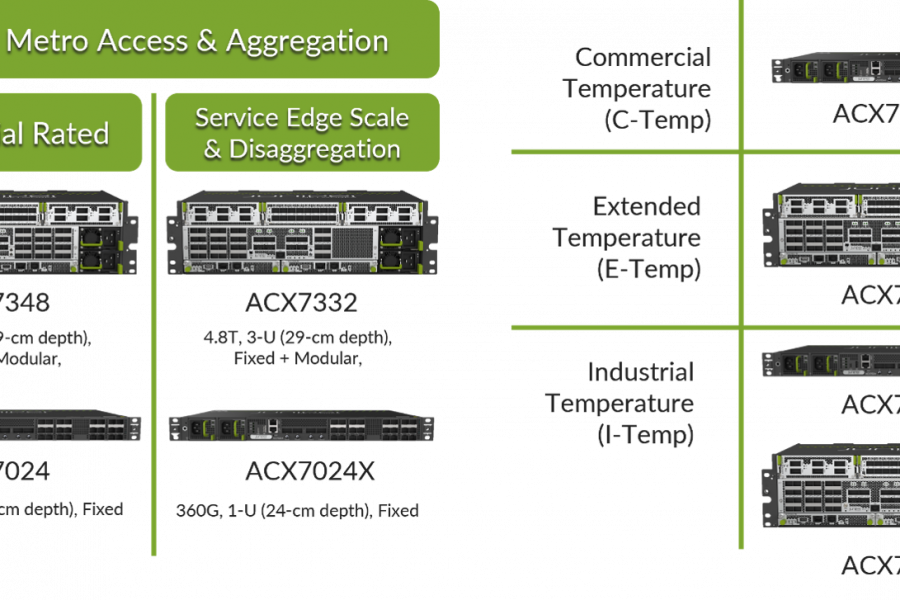Four steps to raising efficiency and reducing costs
5G is an exciting development. However, it also introduces a number of new challenges that will affect the entire transport network, such as the huge growth in mobile data traffic, the increased densification of base stations and access points, strict latency requirements and a multitude of vertical use cases. This will require additional capacity and connectivity as well as better synchronization and improved security.
Against this backdrop, service providers are also faced with flat revenues, meaning costs must be cut. Operational expenditure, in particular, is by far the largest proportion of their costs. Given this scenario, it’s clear that automation will be crucial to profitably delivering the 5G network and services customers expect while remaining competitive.


At Juniper Networks, we believe that network automation is a multiphase journey that leads to our vision of the future – the Self-Driving Network. We were delighted to be invited to speak at the Ericsson 5G Transport Summit 2019, where Kireeti Kompella, CTO – Engineering at Juniper, described each phase.

Human-driven automation
As the name implies, human-driven automation is where automation supports network operators and administrators and enables them to be more efficient.
For example, network slicing is a practical way for service providers to deliver new services that each have their own requirements in terms of performance and functionality. Using network slicing, service providers can deliver defined services that include all the required resources configured together.
Automatic provisioning, quality of service, traffic engineering and control can each be used to manage the network slices more effectively.
Event-driven automation
The number of devices connected to 5G networks is predicted to explode as companies embrace the Internet of Things (IoT). However, due to their often-limited security capabilities, IoT devices are often targeted by hackers to launch large-scale Distributed Denial of Service (DDoS) attacks.
Event-driven automation that incorporates threat behavior analytics, advanced malware detection and one touch mitigation – based on real-time telemetry data and rules-based actions – can be used to minimize the risk of an attack being successful.
Machine-driven automation
Machine learning algorithms offer the opportunity for networks to monitor their own health. Pre-programmed machines can be used to make decisions and drive network changes, with decisions referred to humans in specific instances.
For example, by receiving telemetry data from all network nodes, a health robot can establish where a link is malfunctioning – or not working efficiently – and send the data to a WAN controller, which can then reroute traffic to bypass the link.
Autonomous network
By combining machine learning with closed loop operations, the Self-Driving Network becomes a reality. At Juniper, the Self-Driving Network is an autonomous network that’s programmed to independently carry out intentions.
Based on deep learning algorithms and correlated with historical and real-time network and non-network information autonomous networks will self-configure, monitor, manage, correct, defend and analyze, all with very little human intervention. Rather than managing the network, humans will design and monitor the algorithms, freeing up time for innovation.
With these four steps, service providers can progressively automate their 5G transport networks, driving greater efficiency, lower costs and increased profitability.
Juniper sees this journey as a series of continuous enhancements to infrastructure and software that enable service operators to transform from managing individual devices to automating the full operational lifecycle with one integrated software suite, simplifying the design, implementation and operations of the network.
Learn more about Juniper’s vision of the Self-Driving Network.


